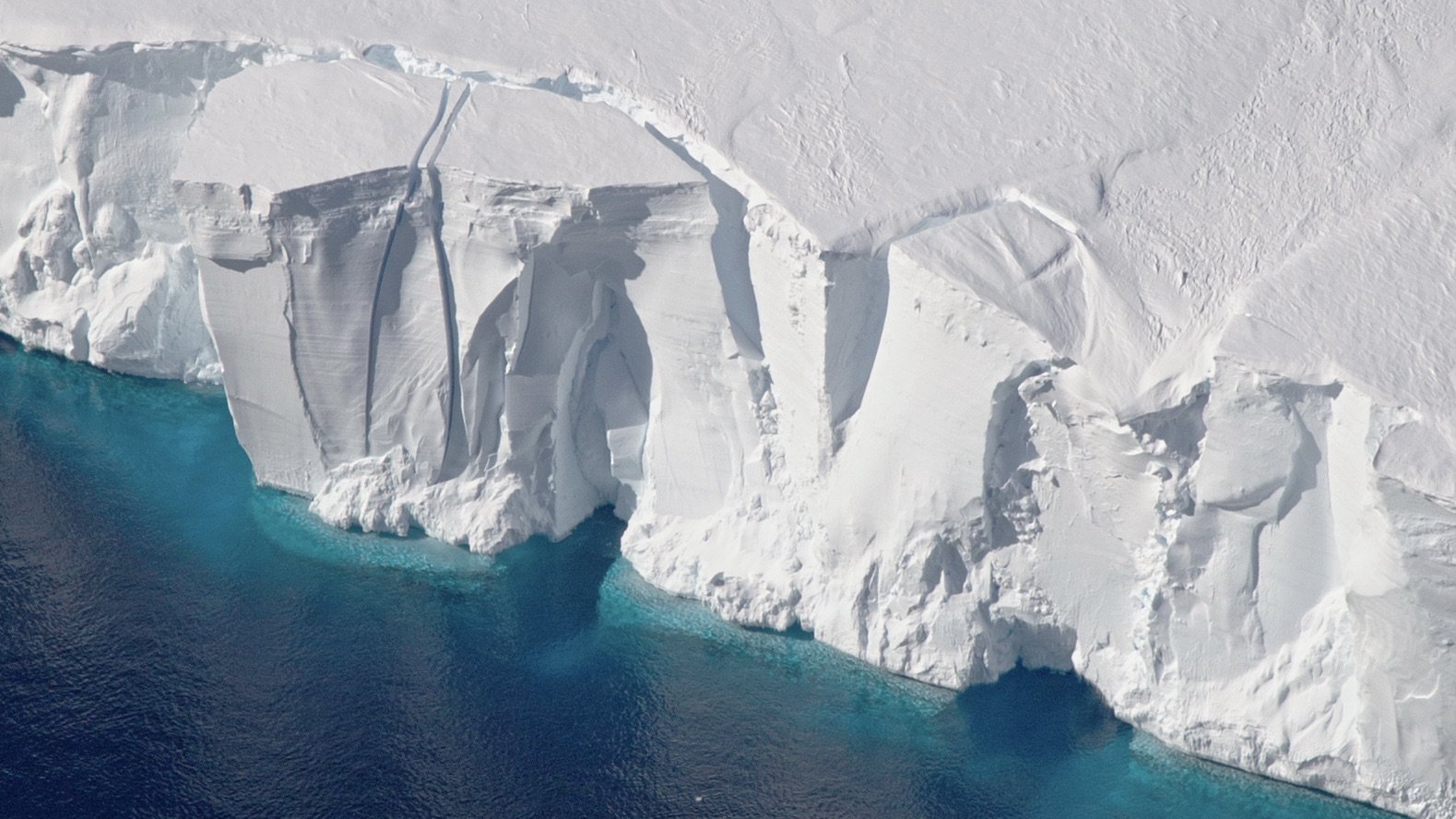
Ocean Warming
What is Ocean Warming?
When we burn fossil fuels—like coal, oil, and gas—we release carbon dioxide (CO₂) and other greenhouse gases into the atmosphere. These gases trap heat, warming the Earth. But did you know that over 90% of this excess heat ends up in the ocean?
This is called ocean warming, and it’s happening faster than ever before. According to NASA, the past decade has been the warmest on record for the world’s oceans.
How Ocean Warming Affect the Reefs
Corals are sensitive organisms that thrive within a narrow temperature range. When the ocean gets too warm—even by just 1–2°C—corals become stressed and undergo a process called bleaching.
Bleaching happens when corals expel the colorful algae (zooxanthellae) that live inside their tissues. These algae provide corals with most of their energy through photosynthesis—and also give reefs their vibrant colors.
Without these algae:
The coral turns white (hence "bleached")
It becomes weak and vulnerable
If the stress continues, the coral can die

